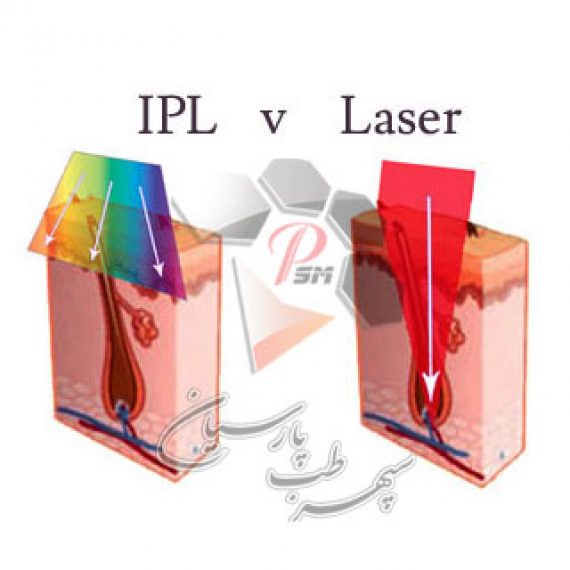
This process is technically known as “selective thermolysis”. This is where the colour of the laser beam is important because different colours of light are attracted and absorbed by specific structures within the skin.
Candela laser vs ipl skin#
Once the laser beam is fired, the energy travels through the skin and is absorbed by the capillary. This is where Intense Pulse Light (IPL) and Laser differ.įor example, when treating broken capillaries in the face, a wavelength of 532nm (nanometers) is selected. The end result is an extremely tight, focused beam of energy concentrated enough to precisely target a specific point. This all takes place in unison when the laser beam is fired. To truly understand how laser technology works, you must have a concise understanding of the theory or science behind it, the range of different platforms available and the way in which they are utilised to treat different skin types and conditions.Ī beam of laser energy is an extremely specific wavelength of light of the same colour, travelling in the same direction while maintaining its intensity over a prescribed distance.



The removal or reduction of pigment changes in the skin such as freckles.Lasers of today are capable of producing results including: Lasers have made it possible to treat what was once thought impossible, with reduced risk and cost to the patient. Light Amplification by Stimulated Emission of Radiation (LASER) was originally described as a theoretical concept by Albert Einstein in 1917 and has since grown by leaps and bounds into the complex multi-billion dollar business it is today.


 0 kommentar(er)
0 kommentar(er)
